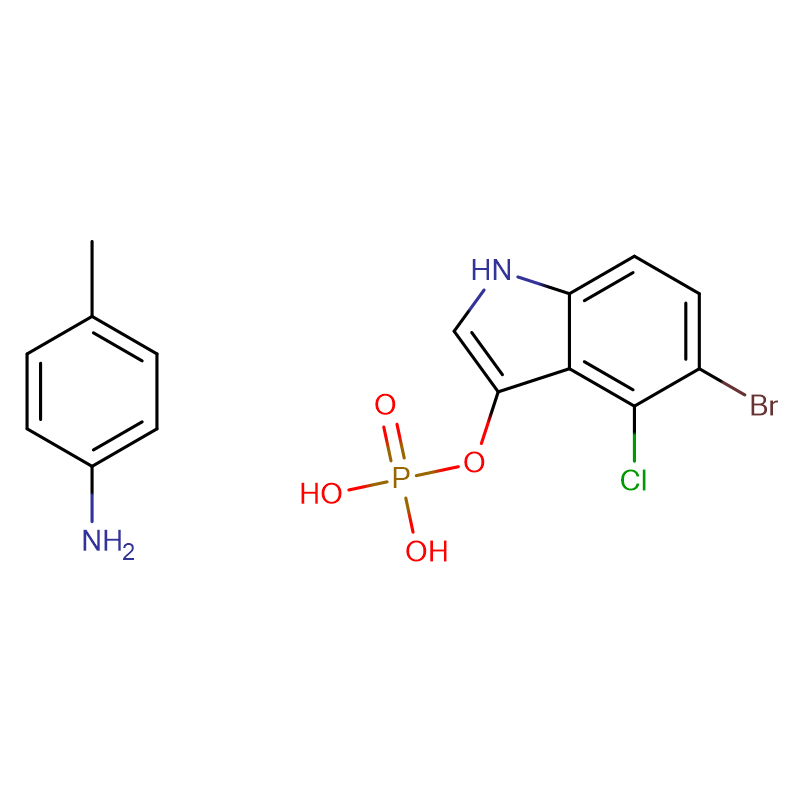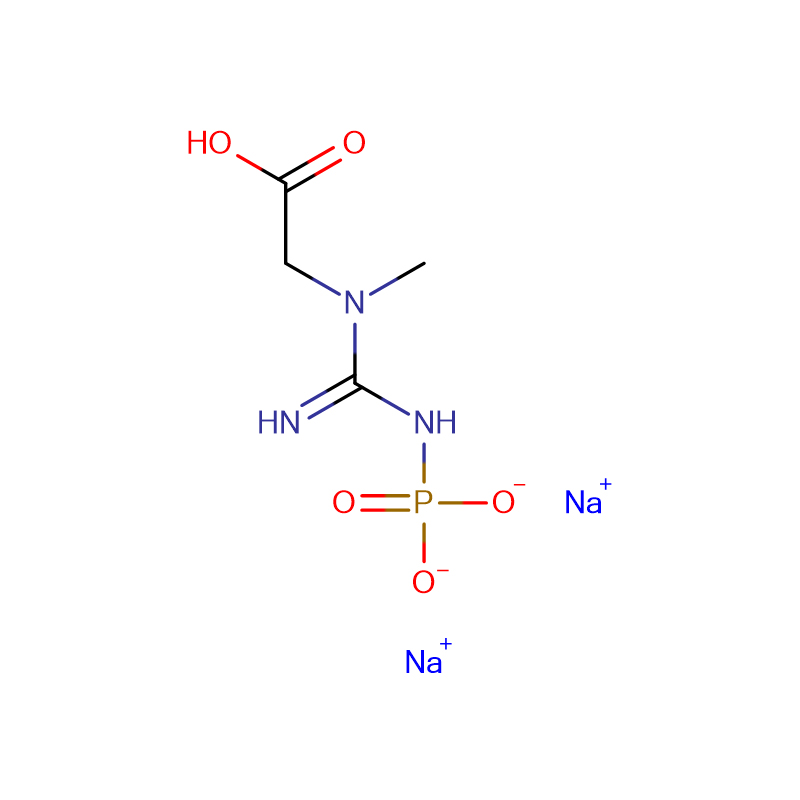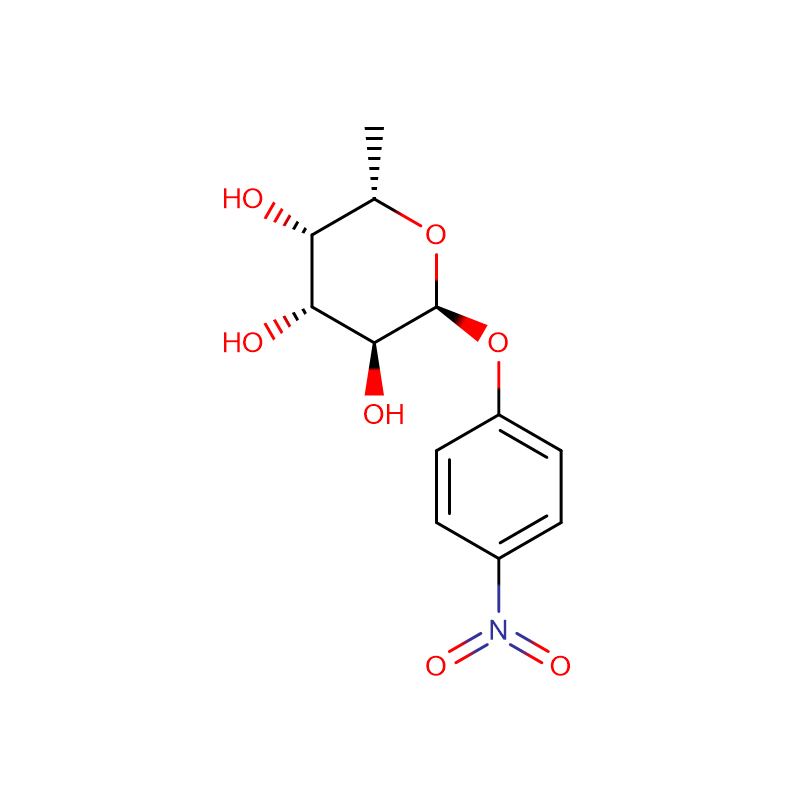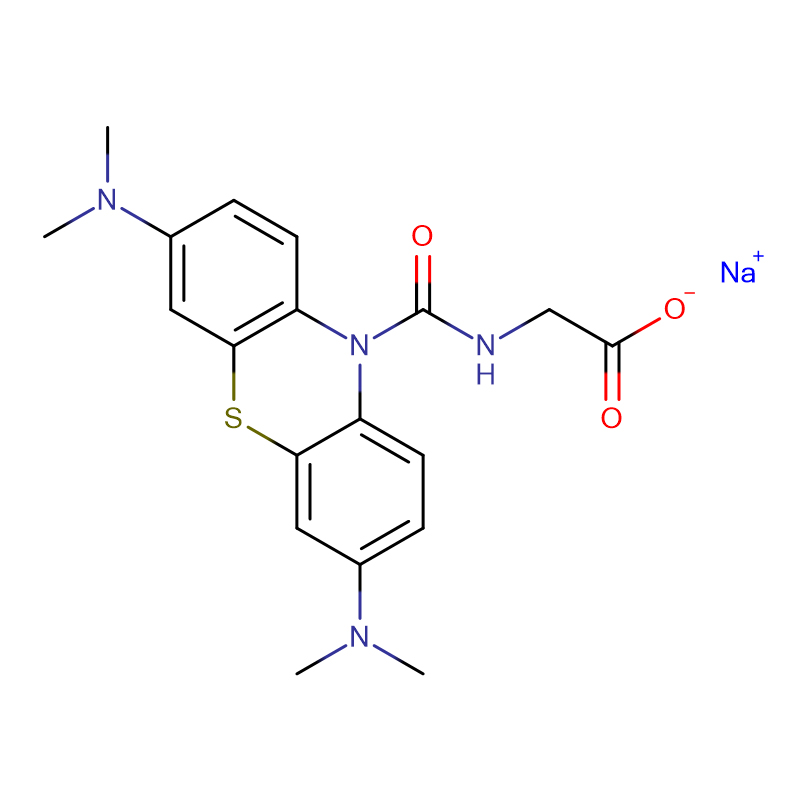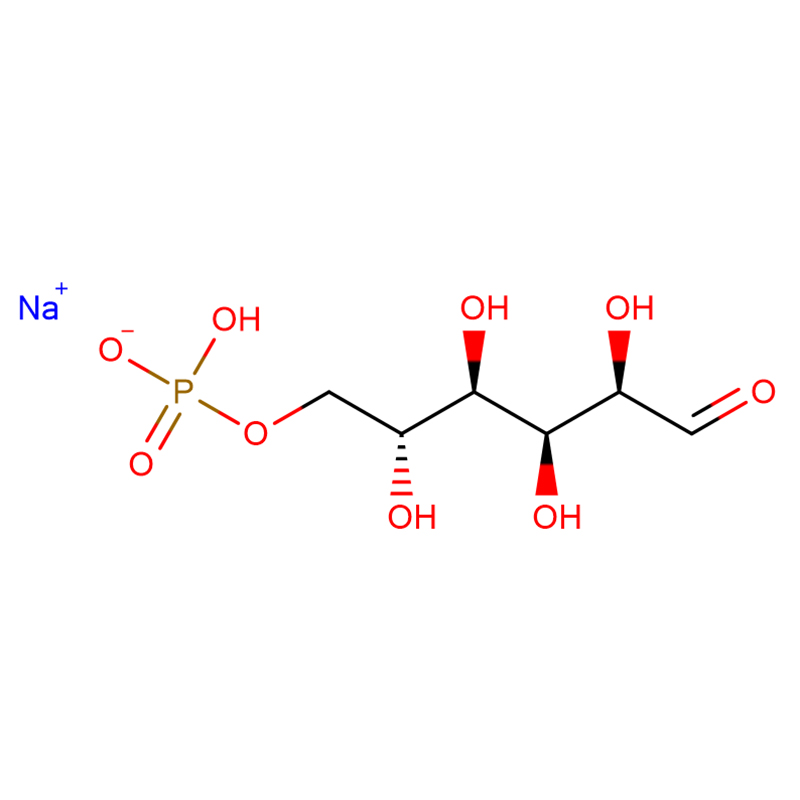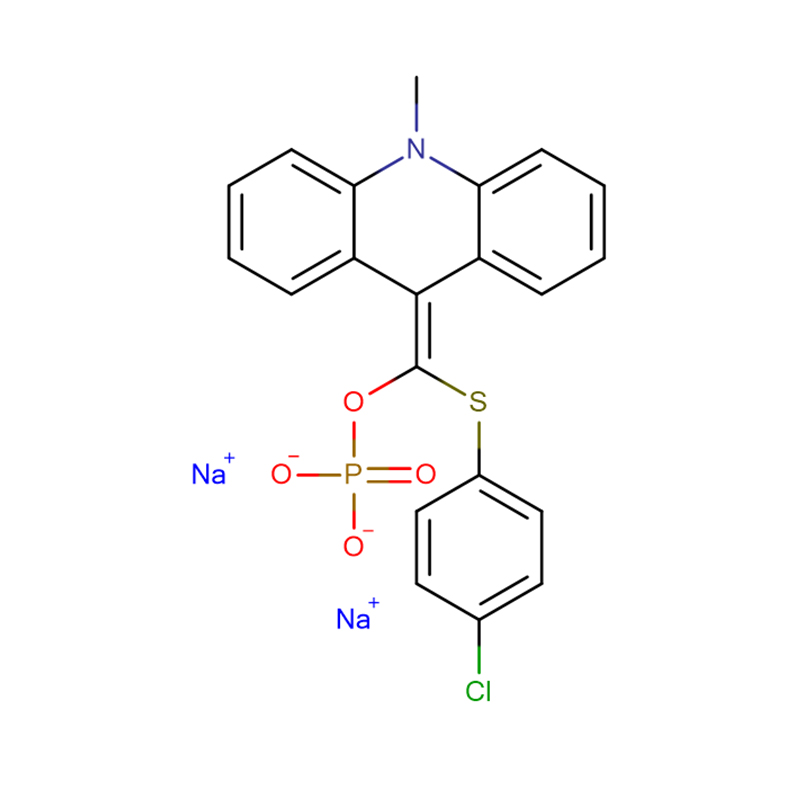BCIP-Toluidine)5-Bromo-4-chloro-3-indolylphosphate-p-toluidine salt Cas:6578-06-9 99% White to light brown powder
| Catalog Number | XD90137 |
| Product Name | BCIP-Toluidine)5-Bromo-4-chloro-3-indolylphosphate-p-toluidine salt |
| CAS | 6578-06-9 |
| Molecular Formula | C8H5BrClNO4P·C7H10N |
| Molecular Weight | 433.62 |
| Storage Details | -15 to -20 °C |
| Harmonized Tariff Code | 29339980 |
Product Specification
| Appearance | White/light brown powder |
| Assay | ≥ 99% |
| Melting point | 194-195 ºC |
| Boiling point | 580.2°C at 760 mmHg |
| Flash point | 304.7°C |
| Solubility | DMF: 20 mg/mL |
| Solubility | soluble in dimethylformamide, insoluble in water. |
| Sensitivity | Sensitive to light, sensitive to air, and sensitive to heat |
Biological activity: BCIP (BCIP p-toluidine salt; X-phosphate p-toluidine salt) is a chromogenic substrate for colorimetric detection of alkaline phosphatase activity.
Shiga toxins (Stxs) are produced by enterohemorrhagic Escherichia coli (EHEC), which cause human infections with an often fatal outcome. Vero cell lines, derived from African green monkey kidney, represent the gold standard for determining the cytotoxic effects of Stxs. Despite their global use, knowledge about the exact structures of the Stx receptor glycosphingolipids (GSLs) and their assembly in lipid rafts is poor. Here we present a comprehensive structural analysis of Stx receptor GSLs and their distribution to detergent-resistant membranes (DRMs), which were prepared from Vero-B4 cells and used as lipid raft equivalents. We identified globotriaosylceramide (Gb3Cer) and globotetraosylceramide (Gb4Cer) as the GSL receptors for Stx1a, Stx2a, and Stx2e subtypes using TLC overlay detection combined with MS. The uncommon Stx receptor, globopentaosylceramide (Gb5Cer, Galβ3GalNAcβ3Galα4Galβ4Glcβ1Cer), which was specifically recognized (in addition to Gb3Cer and Gb4Cer) by Stx2e, was fully structurally characterized. Lipoforms of Stx receptor GSLs were found to mainly harbor ceramide moieties composed of sphingosine (d18:1) and C24:0/C24:1 or C16:0 fatty acid. Moreover, co-occurrence with lipid raft markers, SM and cholesterol, in DRMs suggested GSL association with membrane microdomains. This study provides the basis for further exploring the functional impact of lipid raft-associated Stx receptors for toxin-mediated injury of Vero-B4 cells.


